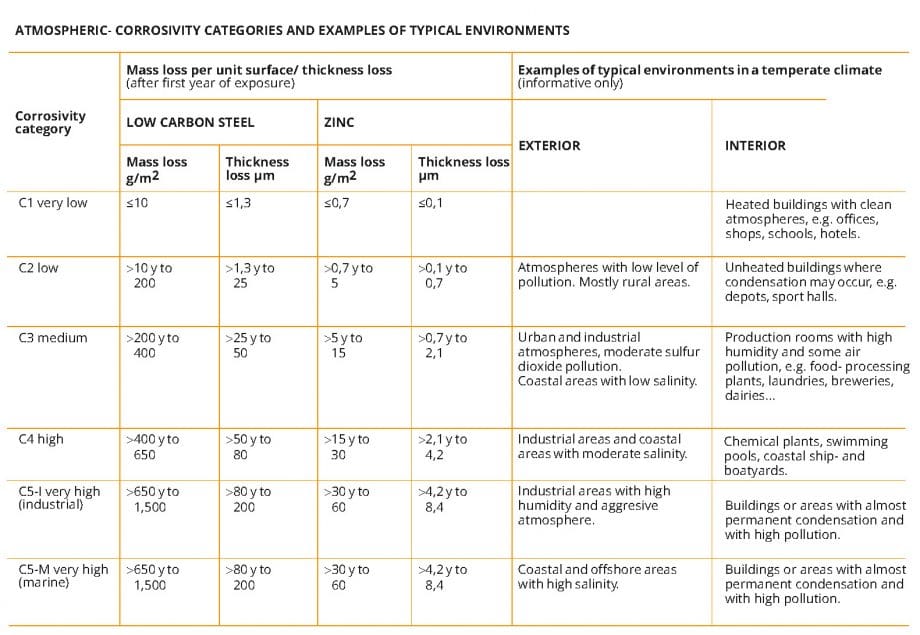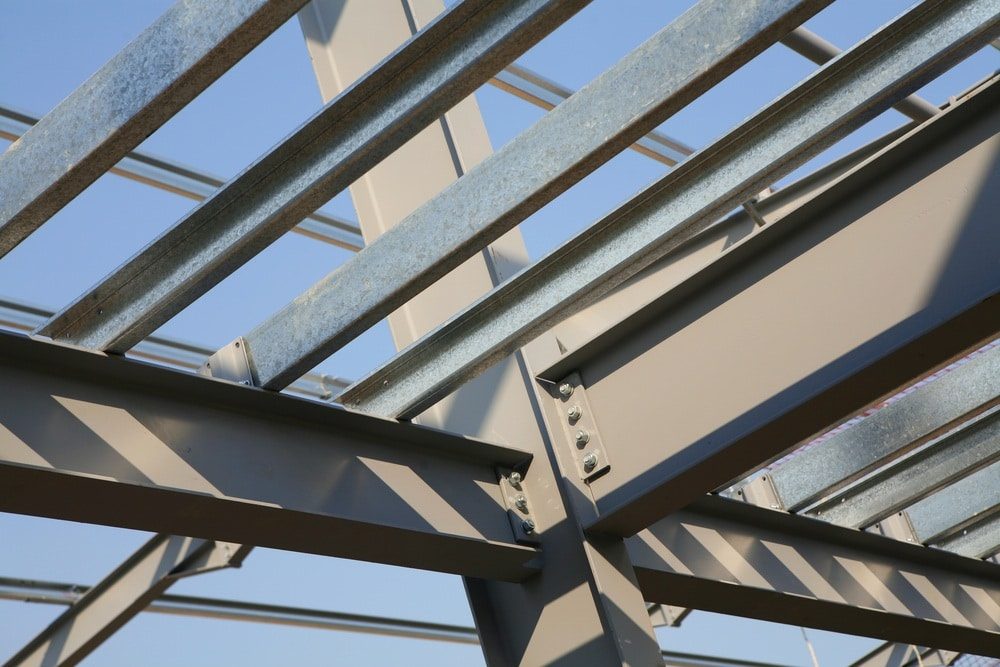How to stop rust? The old age question, rust forms when moisture comes into contact with steel. Technicians have spent many years developing coatings to slow the rusting process down. People try Rust Converters, Rust Removers, Rust remover Sprays but it always seems to return.
So how do we stop rusty metal?
Introducing Anti Rust Paint
Anti Rust Paints include zinc as a corrosion inhibitor. The more zinc added to the paint the better corrosion protection the paint will offer. A quick way of determining how much zinc is in a paint is to simply lift the can up. The heavier it is the more corrosion inhibitor it contains.
Some manufacturers such as Zinga supply their zinc paint by weight so it is available in 1, 2, 5 and 10 Kg tins. Rustoleum 1085 Cold Galvanising again is supplied by weight. Others such as Galvafroid offer their zinc rich primer in litres so you need to look at the manufacturers product data sheet to calculate the zinc content.
The zinc content of Zinga for instance is 96% (±1%) by weight, with a purity of 99,995%. ZINGA provides full cathodic protection and conforms to the standard ISO 3549 in regard to its zinc purity. Zinga also reaches the standard ASTM A780 in regard of its use as repair coating for hot-dip galvanisation.
Rustoleum Cold Galvanising offers Zinc content of 90% by weight in the dry film. It’s solids content by volume is 47.6%.
Fosroc Galvafroid, again is a zinc rich coating specifically designed to provide rust inhibiting protection to ferrous metalwork. But it has volume solids of 40% and solids by weight of 80% however. The zinc content by volume in the dry film is 61%.

How To Prevent Rust With Zinga 96%
Zinga is a unique alternative to hot-dip galvanisation or metallisation. Zinga conforms to ISO standard 3549 in regard to its zinc purity of 99.995%. It also reaches ATM standard A780 in regard to its use as a repair coating for hot-dip galvanisation. Use a compatible paint when overcoating.
Once clean, apply 2 thin coats of Zinga at 90 degrees to each other to the metal. As long as you follow this procedure, the manufacturer expect the metal not to become rusty for a minimum of 20 years.
How To Prevent Rust With Owatrol Oil For Rusted Surfaces
Owatrol Oil is thin coating unlike paint, and therefore penetrates deep into the metal. It helps to prevent corrosion by excluding moisture and oxygen from the metal surface. Owatrol Oil stops the oxygen in the water from forming rust. It also penetrates the capillary tubes in the metal pushing out any water that is present, therefore stopping further rusting. The Owatrol Oil will dry to form a thin clear layer stabilising the metal and helping to prevent oxygen and moisture from forming new rust.
Glass Flake Epoxy Paints
Glass flake epoxy paints are hard wearing paint coatings that contain glass flakes. It was found in the early 1970’s that the use of glass flakes as a filler would improve both barrier properties and reinforcement in anti-corrosive coatings. Glass flake incorporation significantly reduces corrosion as well as increases durability.
 Glass flakes have been utilized in a diverse range of applications bringing improvement in reinforcement, barrier and thermal properties. These coatings are widely used in marine, chemical plants and storage facilities, power generation, oil & gas, as well as mining, paper pulp mills and numerous other areas.
Glass flakes have been utilized in a diverse range of applications bringing improvement in reinforcement, barrier and thermal properties. These coatings are widely used in marine, chemical plants and storage facilities, power generation, oil & gas, as well as mining, paper pulp mills and numerous other areas.
Even aligned flakes though do not present a continuous barrier. They do however significantly extend the permeation path length compared to either an unfilled coating or those that contain granular or fibre fillers.
PPG SigmaShield 2 is a two component high solids glass flake reinforced polyamide cured epoxy coating that can be applied at temperatures down to freezing. It provides long term protection in areas subject to heavy wear and tear such as floors or steel structures. The use of glass flake filled materials in coating systems has grown significantly, as their inherent benefits have become more widely known.
Sherwin Williams Macropoxy P200 Epoxy is another 2 pack epoxy paint that contains glass flake.
The Best Way Of Preventing Rust
Remove the rust to achieve the best rust prevention. A wire brush can achieve this. The use of a cup or wheel in an angle grinder offers the best result. A needle gun again is excellent especially in restricted areas but for speed on larger areas abrasive blast is recommended.
Abrasive blasting is another name for sandblasting.
Sandblasting To Remove Rust
Sandblasting is where an abrasive material is forcibly pushed under great pressure (normally by compressed air) at a surface. The abrasive media will remove existing coatings or rust from the surface. The media can vary in size and coarseness to create a profile on the surface. This profile will enable a paint to gain greater adhesion to the surface.
Even up to the In the early 1900s, it was believed that sharp-edged grains offered the best performance. We now know this not to be true.
Silica sand is also a mineral abrasive. Unfortunately, it tends to break up quickly. This creates large amounts of dust, exposing the operator to the potential development of silicosis, a debilitating lung disease. You cannot use silica as an abrasive in Germany, United Kingdom, Sweden, or Belgium. Silica is however a common abrasive in other countries.
An alternative media is garnet. Garnet is more expensive than silica sand, but if used correctly, will offer fast removal of rust and old coatings whilst producing less dust. Garnet is also much safer too use. Magnesium sulphate, or kieserite, is often used as an alternative to baking soda. To avoid damage to the underlying material, crushed nut shells or fruit kernels provide softer abrasives and are used. These materials clean brick or stone to remove graffiti.




